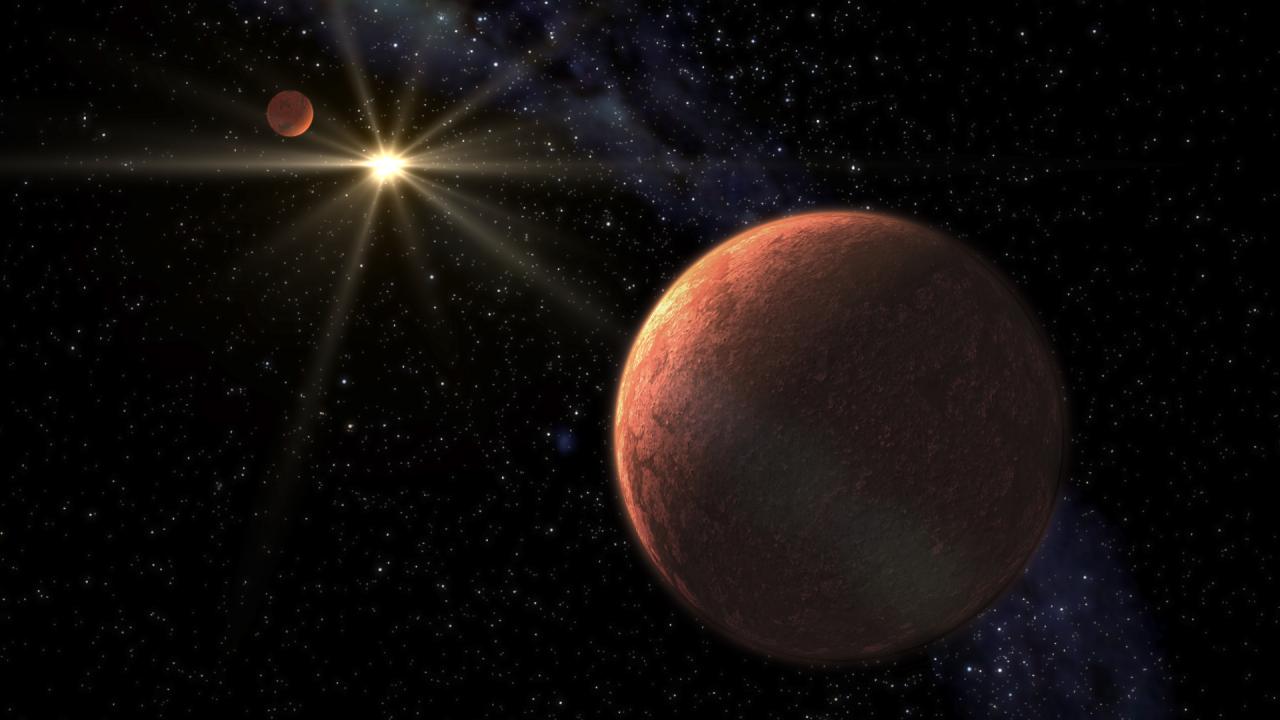General
Our goal is to study the processes that lead to the formation of low mass stars, brown dwarfs and planets and to characterize the physical properties of these objects in various evolutionary stages. Low mass stars and brown dwarfs are likely the most numerous type of objects in our Galaxy but due to their low intrinsic luminosity they are not so well known. We aim to study the frequency, multiplicity and spatial distribution of these objects in the solar neighbourhood and in nearby star forming regions and stellar clusters in order to better understand the mechanism of formation, characterise their optical and infrared properties and establish the relation between spectral properties, mass and luminosity.. Most of our effort will be dedicated to push toward lower mass limits the detection of these astros either bounded to stars and brown dwarfs and/or free-floating in interstellar space. The lowest mass objects display a lower intrinsic luminosity and cooler effective temperatures thus they are remarkably difficult to detect using direct imaging techniques. However, these techniques allow a full photometric and spectroscopic characterization and a best determination of their physical and chemical properties. We also aim to investigate the presence of planets around low mass stars using radial velocity measurements and techniques for high spatial resolution imaging. We will develop ultrastable spectrographs for large telescopes and systems for ultrafast imaging. With the spectrographs it would be possible to detect planets of similar mass to the Earth around G, K and M-type stars. The goal is to establish the frequency of these planets in stars of the solar neighbourhood and characterise the properties of the associated planetary systems.
Members
Results
- The optical and near-infrared sequence of 10 Myr-old L dwarfs in the nearest OB association to the Sun, Upper Scorpius
- The lithium depletion boundary of the Hyades cluster.
Scientific activity
Related publications
-
Chemical abundances of late-type pre-main sequence stars in the σ Orionis clusterContext: The young σ Orionis cluster is an important location for studying the formation and evolution of stars, brown dwarfs, and planetary-mass objects. Its metallicity, although it is a fundamental parameter, has not been well determined yet. Aims: We present the first determination of the metallicity of nine young late-type stars in σ OrionisGonzález Hernández, J. I. et al.
Advertised on:
112008 -
Candidate free-floating super-Jupiters in the young σ Orionis open clusterContext: Free-floating substellar candidates with estimated theoretical masses of as low as ∼5 Jupiter masses have been found in the ∼3 Myr old σ Orionis open cluster. As the overlap with the planetary mass domain increases, the question of how these objects form becomes important. The determination of their number density and whether a mass cutBihain, G. et al.
Advertised on:
112009 -
SPACE: the spectroscopic all-sky cosmic explorerWe describe the scientific motivations, the mission concept and the instrumentation of SPACE, a class-M mission proposed for concept study at the first call of the ESA Cosmic-Vision 2015-2025 planning cycle. SPACE aims to produce the largest three-dimensional evolutionary map of the Universe over the past 10 billion years by taking near-IR spectraCimatti, A. et al.
Advertised on:
32009 -
Very Low Mass Stellar and Substellar Companions to Solar-like Stars from MARVELS. II. A Short-period Companion Orbiting an F Star with Evidence of a Stellar Tertiary and Significant Mutual InclinationWe report the discovery via radial velocity (RV) measurements of a short-period (P = 2.430420 ± 0.000006 days) companion to the F-type main-sequence star TYC 2930-00872-1. A long-term trend in the RV data also suggests the presence of a tertiary stellar companion with P > 2000 days. High-resolution spectroscopy of the host star yields T eff = 6427Fleming, Scott W. et al.
Advertised on:
92012 -
Very Low Mass Stellar and Substellar Companions to Solar-like Stars from MARVELS. I. A Low-mass Ratio Stellar Companion to TYC 4110-01037-1 in a 79 Day OrbitTYC 4110-01037-1 has a low-mass stellar companion, whose small mass ratio and short orbital period are atypical among binary systems with solar-like (T effWisniewski, John P. et al.
Advertised on:
52012



